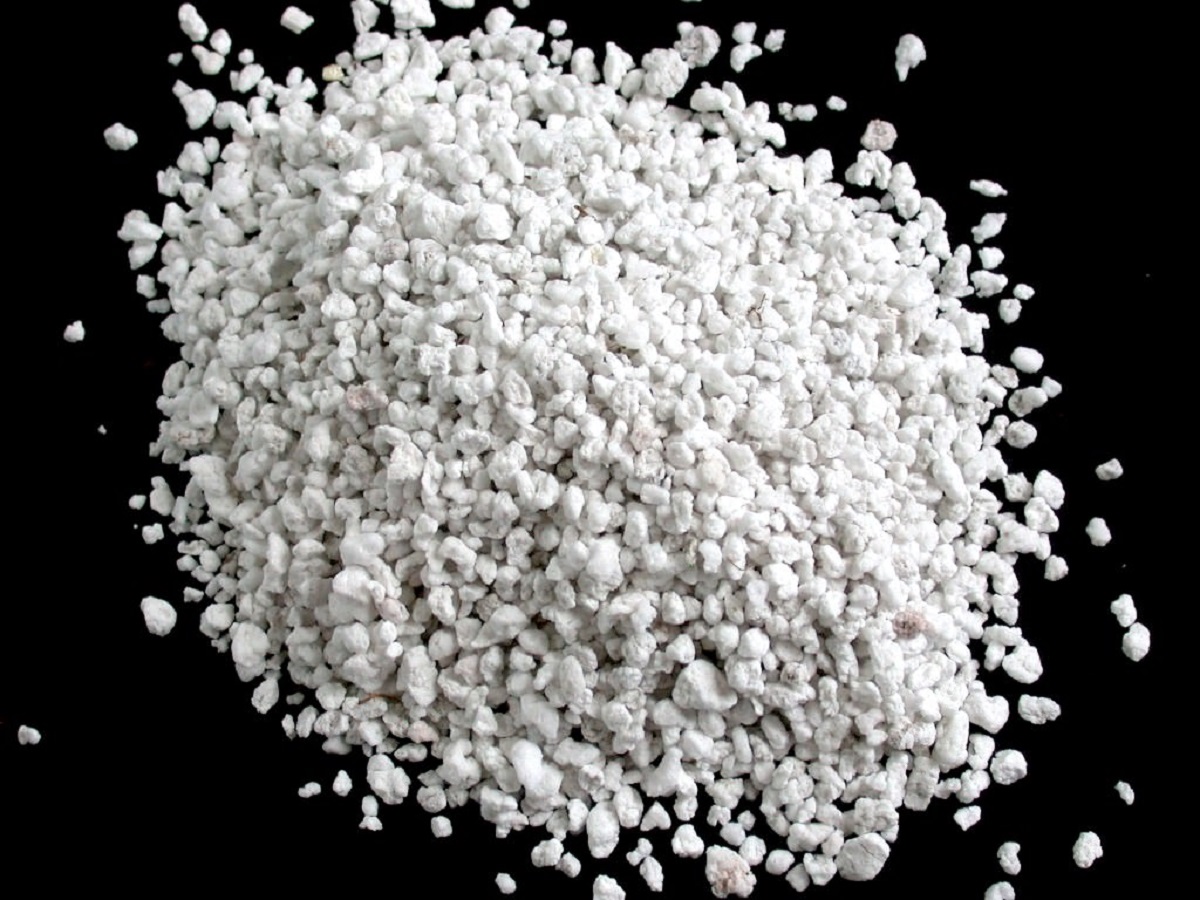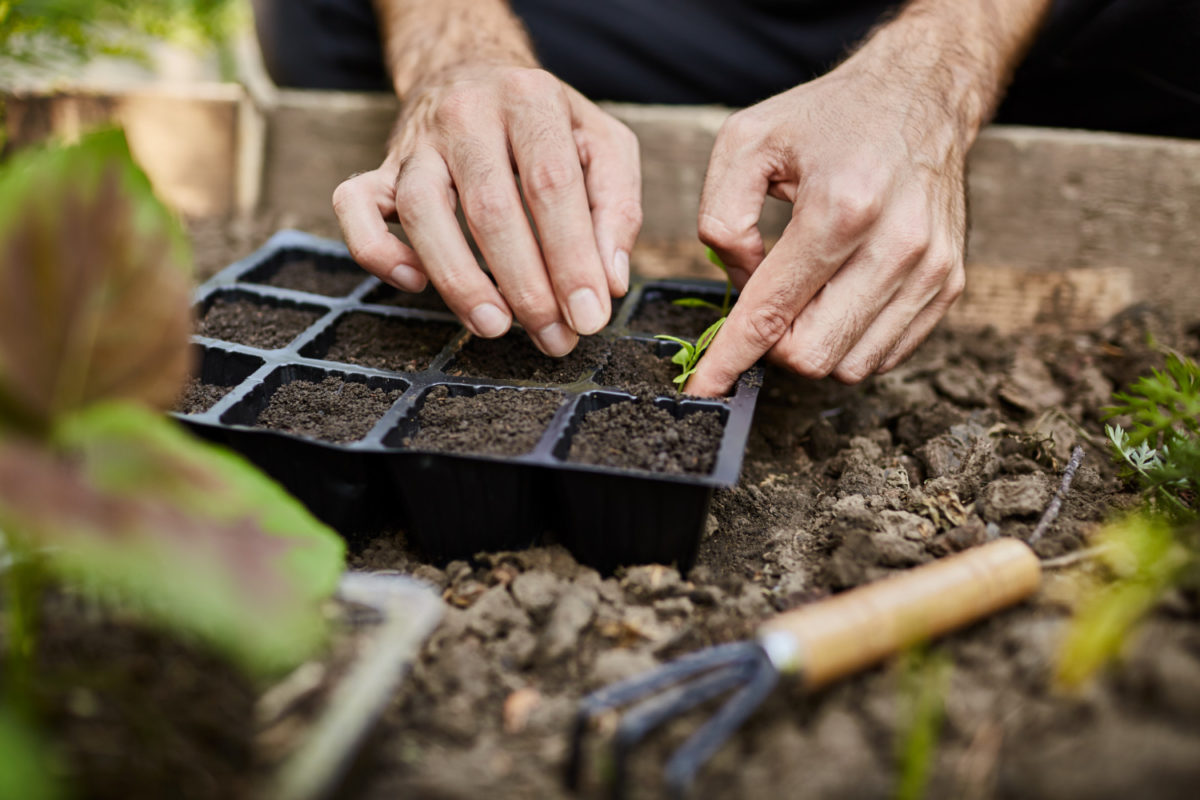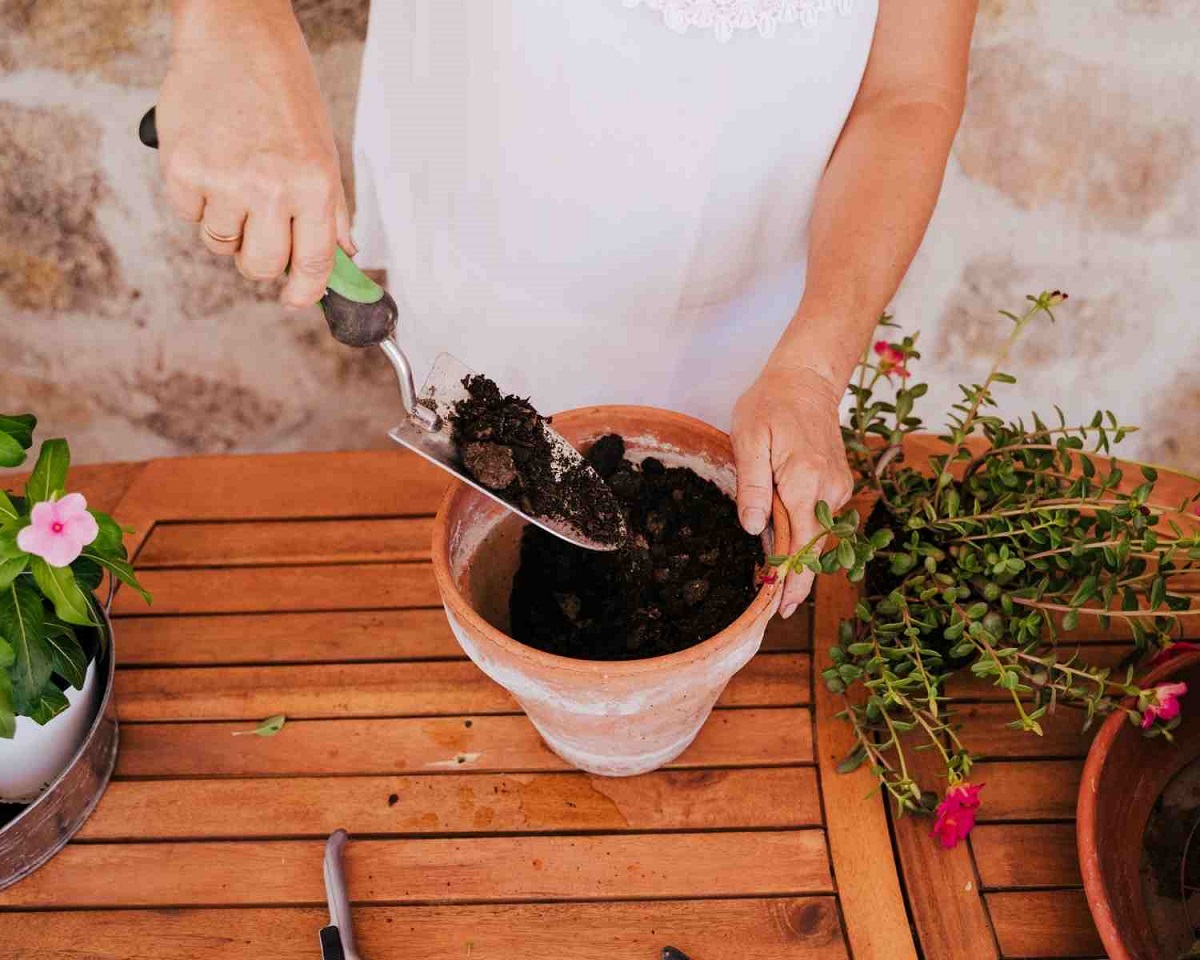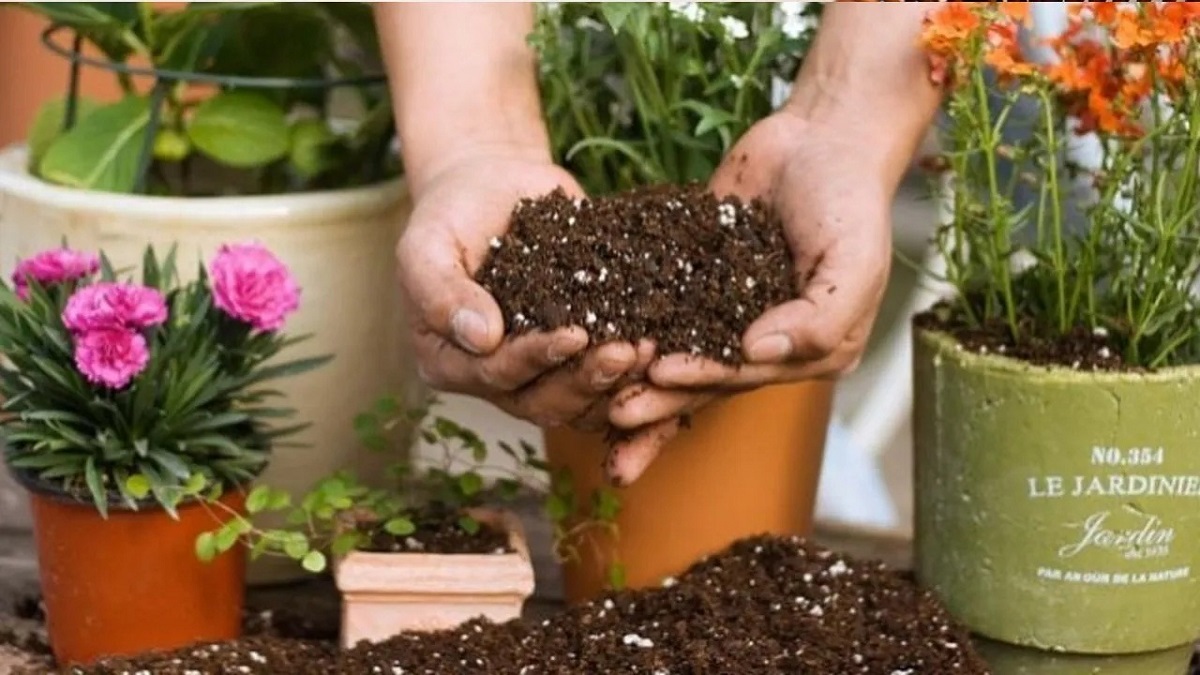
Perlite is a mineral formed by the combination of two aluminum silicates, known as orthoclase and anorthite, found in volcanic and plutonic rocks. This rock is characterized by its appearance similar to that of a pearl, hence its name, and by its internal structure composed of tiny spheres or sheets of crystals interspersed with layers of volcanic glass. These spheres or sheets are known as "perlites" and are what give the rock its characteristic appearance. Many people don't know what is perlite And how useful is it in gardening?
For this reason, we are going to dedicate this article to telling you what perlite is, its characteristics and how to use it.
what is perlite

Perlite is a mineral with a peculiar internal structure, formed by the exfoliation of volcanic rocks during a high-temperature process. Its use is very diverse and extends from construction to the food and pharmaceutical industry.
Pearlite formation occurs through a process called "exfoliation," which occurs when volcanic rock is subjected to high temperatures, usually during an eruptive event. During this process, the water contained in the rock vaporizes and expands, which causes the separation of the glass layers and the formation of pearlites.
Perlite is used in various fields, such as construction, as an aggregate in the manufacture of thermal and acoustic insulation materials, and also in horticulture, as a growing medium for plants. In addition, it is also used in the food industry as an additive to improve the texture of food and in the pharmaceutical industry as an excipient in the manufacture of medicines.
Uses of perlite in gardening

In gardening, perlite is commonly used as a growing medium to improve soil structure and aeration. Due to its porous structure, perlite retains moisture in the soil and at the same time allows excess water to drain easily, preventing plant roots from rotting due to excess water.
Perlite also helps prevent soil compaction, allowing better air circulation in the root system of plants, which promotes their growth and healthy development. In addition, perlite is also a sterile culture medium, which prevents the appearance of diseases and pests in plants.
Another use of perlite in gardening is in the germination of seeds. Perlite is used as a sterile, pest and disease free germination medium. The seeds are placed in a layer of moistened perlite, which provides them with a suitable environment to germinate and develop.
In commercial horticulture, perlite is used in the manufacture of substrates for seedling production. These substrates are used to fill containers or trays for growing seedlings, which Allows for better soil aeration and drainage, resulting in healthy plant growth.
Perlite is a very useful growing medium in gardening and horticulture, as it improves soil structure, aeration and drainage, promoting healthy plant growth. In addition, it is a sterile culture medium, which prevents the appearance of diseases and pests in plants.
Advantages of using perlite in crops

The use of perlite in crops has several advantages, among which are:
- It improves soil structure: Perlite helps improve soil structure by increasing its porosity, which allows for better air and water circulation. This benefits the growth of the roots of the plants, which in turn favors their development.
- Facilitates drainage: Perlite is a porous material that retains moisture but allows excess water to drain easily. This is especially beneficial in heavy or compacted soil, where water can collect and drown plant roots.
- Provides good aeration: Perlite improves soil aeration by increasing the amount of air in the root system of plants. This helps to maintain a suitable environment for plant growth and development.
- Helps control soil temperature: Perlite is a material that has low thermal conductivity, which means that it can help keep soil temperatures stable, which is beneficial for plant growth.
- It is a sterile culture medium: Perlite is a sterile growing medium, which means it does not contain bacteria, fungi, or diseases that can affect plants. This is especially important in seedling production, where it is necessary to ensure a pathogen-free environment.
- Easy to handle: Perlite is a material that is easy to handle, light and non-compactable, which facilitates its use in various cultivation systems, such as pots, containers, hydroponic systems, among others.
How to use it
Perlite can be used in a variety of ways in gardening and horticulture. Some ways to use it are as follows:
- As a culture medium: Perlite can be mixed with other substrates to improve structure and aeration, or used as a growing medium on its own. It is recommended to mix perlite with soil or compost in a ratio of 1:1 or 2:1 (perlite:soil or compost) for best results. This mix can be used in pots, planters, containers, or even in the ground directly.
- On seed germination: Perlite can be used as a germination medium for seeds. For this, the perlite must be moistened and the seeds placed on top. It is important to keep the perlite moist throughout the germination process so that the seeds can develop properly.
- For plant propagation: Perlite is often used in the propagation of plants by cuttings. The perlite should be moistened and the cuttings placed inside, making sure that they are well attached and that the perlite is always moist. The cuttings should start to root within a few weeks.
- In hydroponic systems: Perlite is a very popular growing medium in hydroponic systems, where it is used to support plants and provide them with nutrients and water. Perlite is often used in “NFT” (nutrient film technique) and “ebb and flow” (dizziness and reflux) culture systems.
In any case, it is important to remember that perlite does not have nutrients on its own, so it is necessary to supply the plants with the nutrients they need through the use of suitable fertilizers. It is also important to ensure that the perlite is always moist, but not excessively watered, to prevent plant root rot.
I hope that with this information you can learn more about what perlite is and its characteristics.